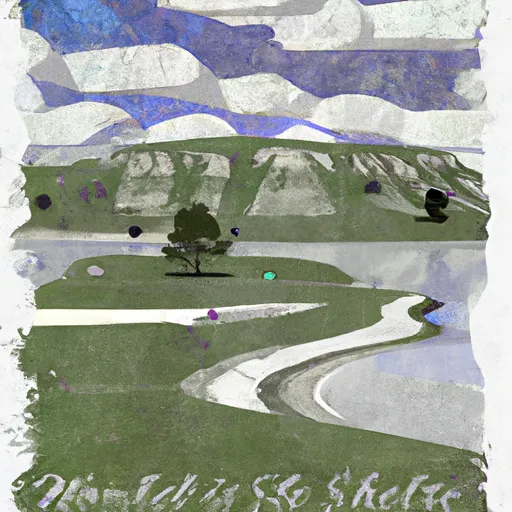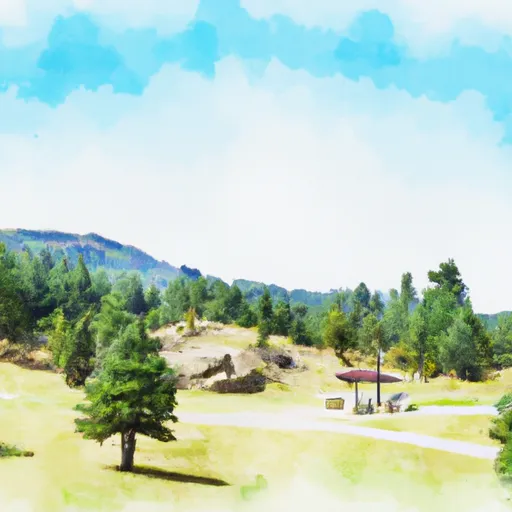Summary
The region experiences a semi-arid climate with four distinct seasons. Summers are warm and dry, with temperatures ranging from 70 to 90 degrees Fahrenheit. Winters are cold and snowy, with temperatures ranging from 20 to 40 degrees Fahrenheit.
The city is situated at the confluence of three rivers: the Clark Fork, Bitterroot, and Blackfoot. This hydrology mix provides ample opportunities for outdoor enthusiasts to enjoy water-related activities such as fishing, rafting, and kayaking. The rivers are known for their trout populations, attracting fishermen from around the world.
In addition to the rivers, Missoula is surrounded by mountains, offering a range of outdoor recreation opportunities. Hiking, mountain biking, and skiing are popular activities in the nearby Lolo National Forest and the Rattlesnake Wilderness Area. The area is also known for its extensive trail system, providing opportunities for horseback riding, bird-watching, and wildlife viewing.
Overall, Missoula's climate, hydrology constituents, and outdoor recreation opportunities make it a desirable destination for nature lovers and outdoor enthusiasts throughout the year.
Weather Forecast
Missoula receives approximately 370mm of rain per year, with humidity levels near 77% and air temperatures averaging around 8°C. Missoula has a plant hardyness factor of 5, meaning plants and agriculture in this region thrive during a short period during spring and early summer. Most plants will die off during the colder winter months.

 Playfair Park
Playfair Park
 Greenough Park
Greenough Park
 Council Grove State Park
Council Grove State Park
 Travelers' Rest State Park
Travelers' Rest State Park
 Wilderness Rattlesnake
Wilderness Rattlesnake